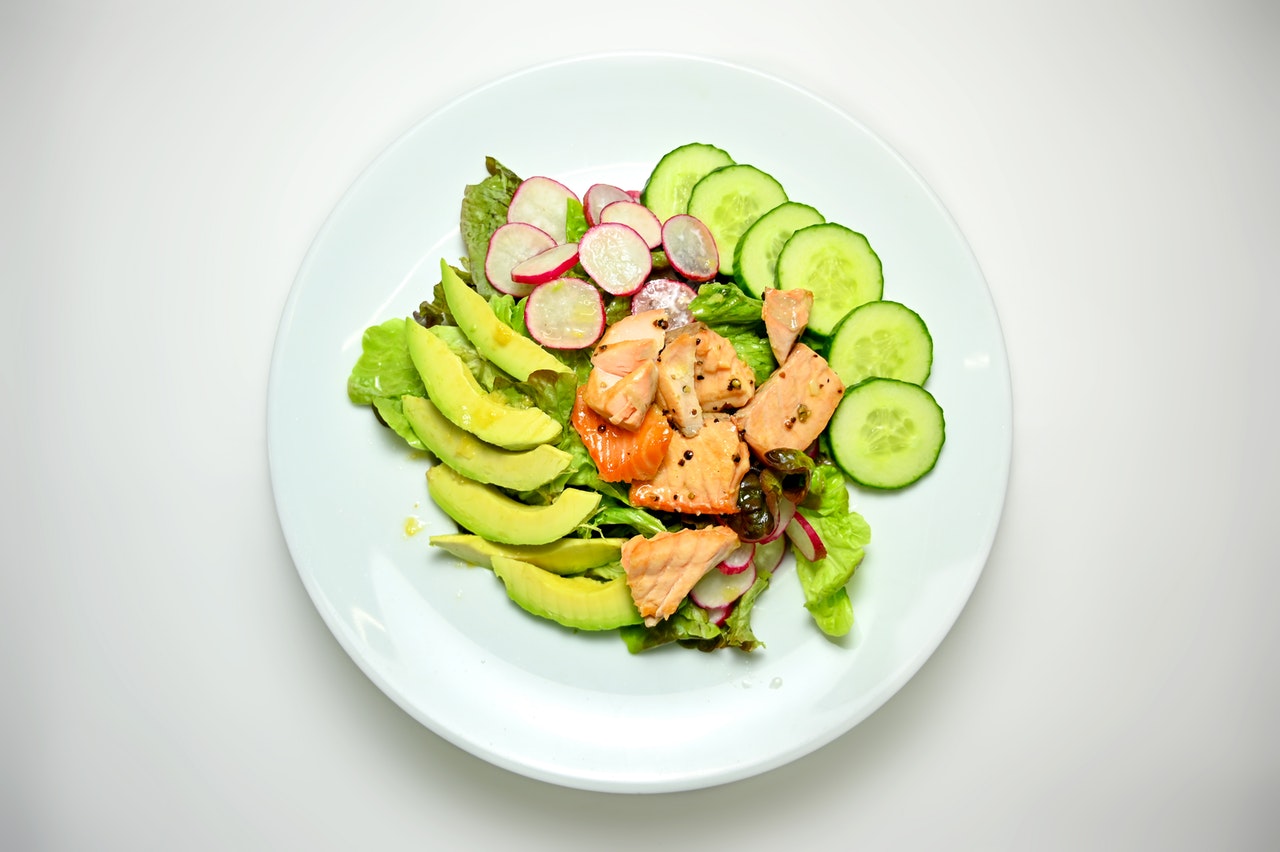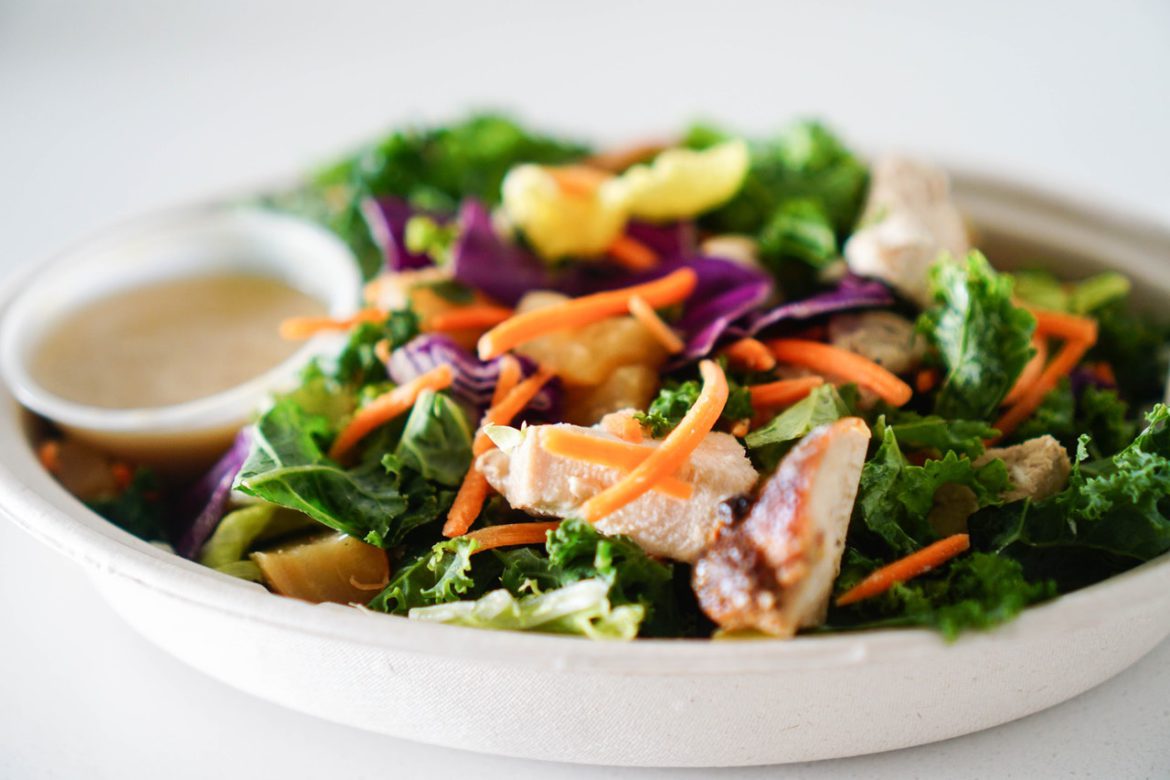After consulting your nutritionist or consulting the Handbook for RPAH-Elimination Diets, depending on your symptoms, you may choose to follow the most restrictive, moderate, or easy versions of the FAILSAFE Diet. If you are experiencing symptoms of food intolerance not related to digestive issues, and have been tested for allergies, then the FAILSAFE diet may be something to consider. If you suspect you might have allergies or an intolerance to whole foods (for instance, if bread gives you arthritic pain, people in your household are uncomfortable with milk, or eggs make you skin rashes), you should eliminate these foods while on a test diet, too, because allergens and other intolerances would confuse your experiment.
Essentially, they suggest that you attempt the elimination diet, then later you will try the foods, even other chemicals such as nitrates. Right now, the only definitive way of testing whether or not you have this type of food chemical sensitivity is by eliminating the additives, then testing each of them. The elimination diet is designed to remove additives from these chemicals all at once since sensitivities to these chemicals frequently happen together, and symptoms caused by each chemical are broadly overlapped.
The diet is not designed to remove every chemical or allergen from your diet, only those we know commonly affect people with this set of symptoms. Fodmaps and chemical sensitivities in foods cause similar digestive symptoms, which makes it hard to decide which type of elimination diet is best. Food chemical elimination diets are based on fairly old studies.
If food chemicals are an issue, and elimination RPAH diet is an excellent catch-all solution for discovering the cause. In that case, eliminating the food chemicals from the diet is the answer anyway, because these are causing mood swings, and possibly even bipolar disorder. Another option is if you are well educated on RPAH elimination diets, sometimes it is possible to identify the specific causes.
Milk or wheat sometimes bothers the stomachs and guts of those who are intolerant to the foods, but often it settles after you identify the appropriate food chemicals and remove them over several weeks. Breast-fed babies may also experience reactions from food intolerances, as chemicals in their mother’s diets are passed on into breast milk, leading to colicky, excitable behavior, loose stool, eczema, and nappy (diaper) rashes. Some people with food intolerances have found their noses become more acute with restricted eating. Popular diets typically eliminate all additives and an extensive array of foods rich in naturally occurring chemicals, so it is no wonder people with food intolerances following these diets often feel better, at least temporarily.
 For naturally occurring chemicals such as salicylates and amines, you will have to eat foods for seven days, because it is slower for them to accumulate and trigger reactions. The major chemicals restricted in the elimination phase of the diet are salicylates, amines, and glutamates. For example, avoid eating oranges, tomatoes, or avocados when you are doing the Salicylate or Amine Challenge because oranges have both salicylates and amines.
For naturally occurring chemicals such as salicylates and amines, you will have to eat foods for seven days, because it is slower for them to accumulate and trigger reactions. The major chemicals restricted in the elimination phase of the diet are salicylates, amines, and glutamates. For example, avoid eating oranges, tomatoes, or avocados when you are doing the Salicylate or Amine Challenge because oranges have both salicylates and amines.
The naturally occurring substances that are more likely to bother sensitive people–salicylates, amines, and glutamates–are those that are found in a variety of foods, so they are consumed in large quantities in a regular diet. Because the natural chemicals are found in so many of the foods that are otherwise healthy in the average diet, you are going to need to be a lot more cautious about what you are eating every day. If your symptoms are more than just the intestines, or you have tried a low-FODMAP diet with no luck, you might have an intolerant reaction to one or more natural chemical foods, as well as some additives and food preservatives.
Most times, IBS symptoms can be addressed through approaches like the low FODMAP diet, or through other specific strategies for IBS that are not entirely related to food chemicals. The FAILSAFE diet, meanwhile, attempts to determine whether or not any particular food chemical is producing adverse reactions. Diagnosing a chemical food intolerance, like a salty tolerance, is done using a low-chemical diagnostic elimination diet.
The RPAH diagnostic elimination diet is the gold standard method of identifying and managing suspected food chemical intolerances. The actual diet is the Diagnostic Elimination Diet at the Royal Prince Alfred Hospital (RPAH) but is also called the fail-safe elimination diet, referring to a level of adherence that is more restrictive than that of the RPAH diet. The FAILSAFE diet is made up of a phase of elimination and rechallenge, similar to a low-FODMAP diet.
Then, if you go through the challenge (meaning that you are not reacting to the chemical), you are allowed to reintroduce certain foods back into your diet. You can reintroduce any foods containing chemicals you did not react to. The food challenges you went through in flying colors are added back to your diet 3-4 weeks later to confirm the steady baseline continues, i.e., there is no worsening of symptoms. Once you are ready and have been on an elimination diet for at least two weeks, and you have had at least five days without symptoms, you are allowed to start a food challenge.
You will be on a complete elimination diet for 3-4 weeks, and then you will eat challenging food with gusto for 3-5 days, recording your results. If you are eating food that is not a safe option while you are in the elimination phase, you need to wait until you are back on a clean slate, with no symptoms, for at least three days before starting your challenge phase. In this last stage, you now are free to eat a modified low-chemical diet, balancing minimizing symptoms with maximizing flexibility with your eating, depending on the results of your challenge.


